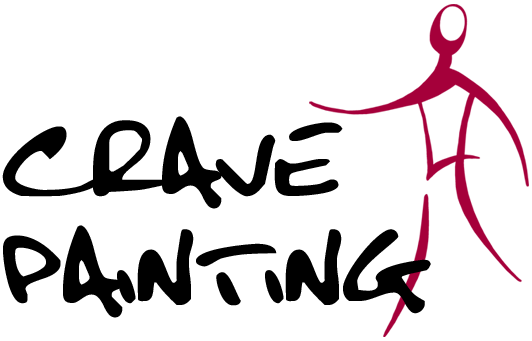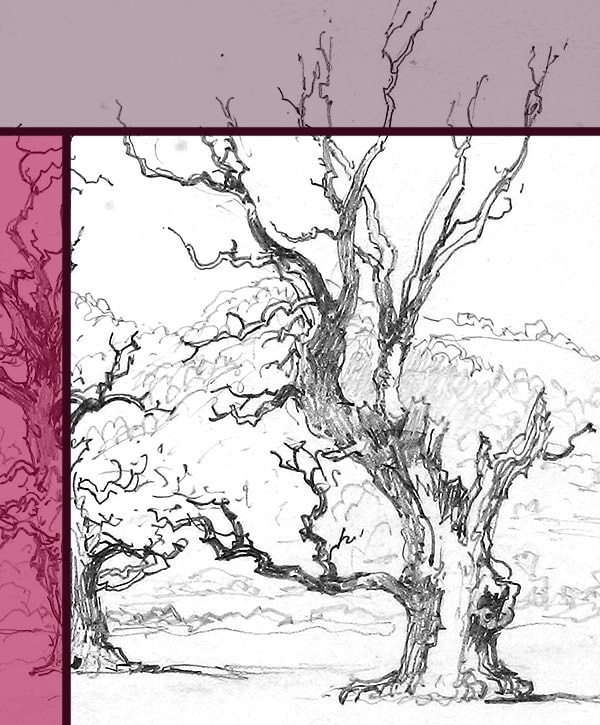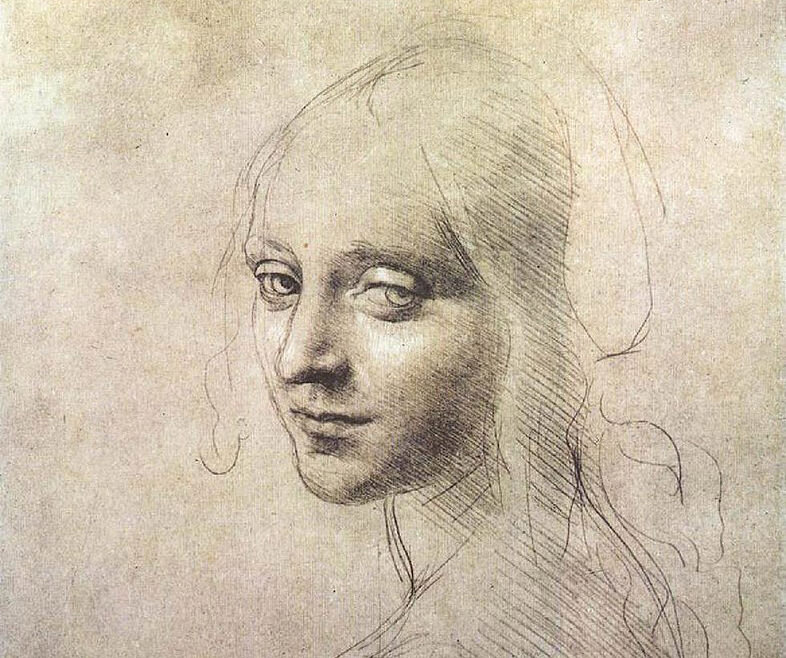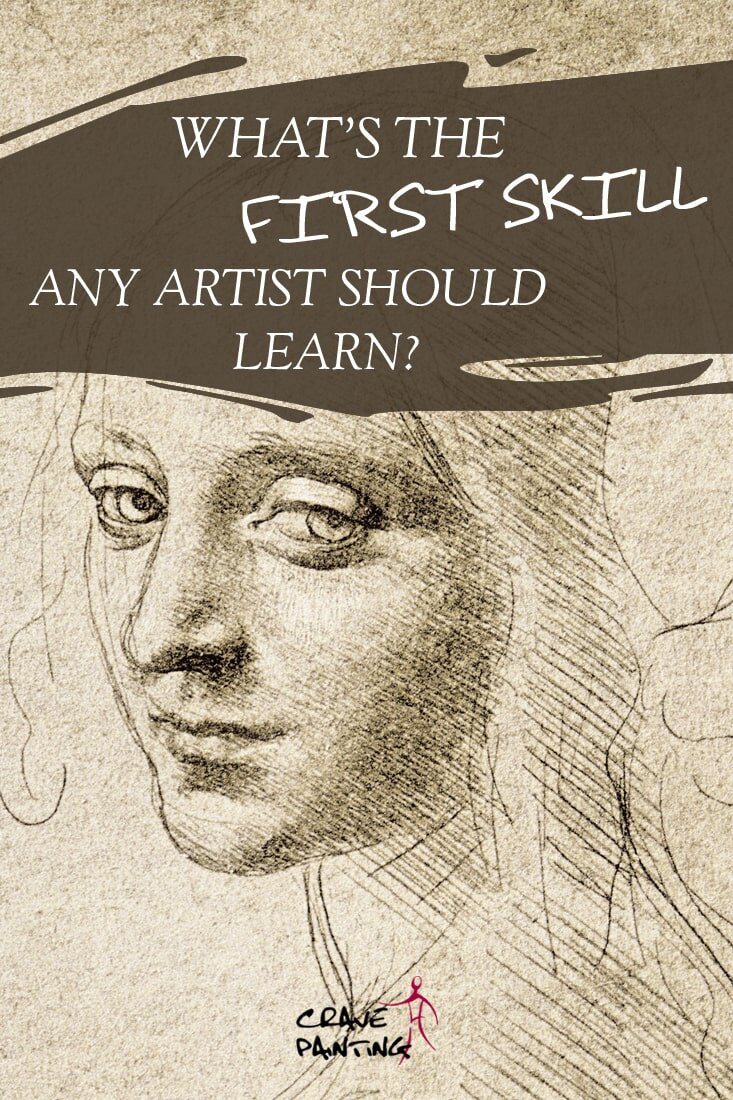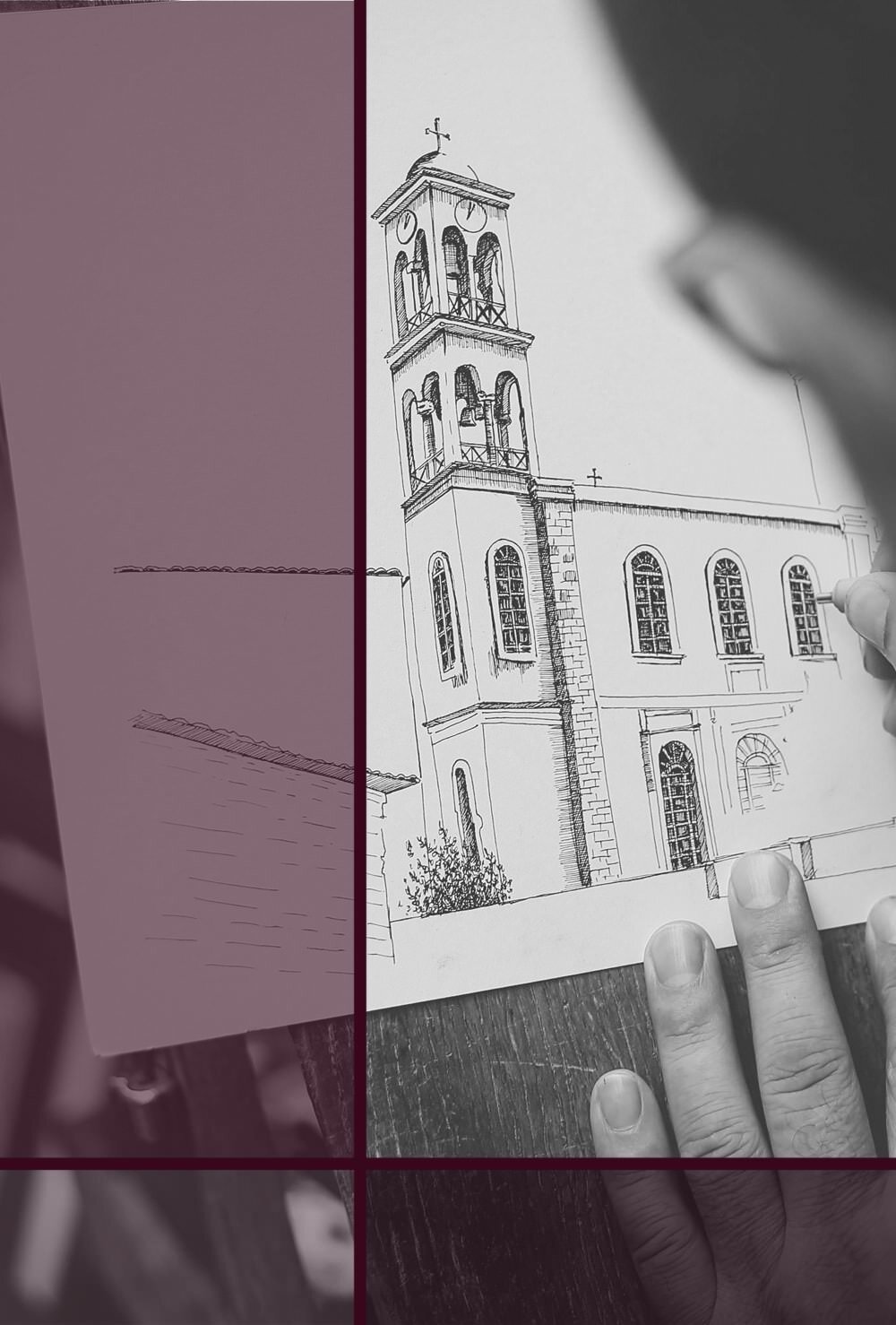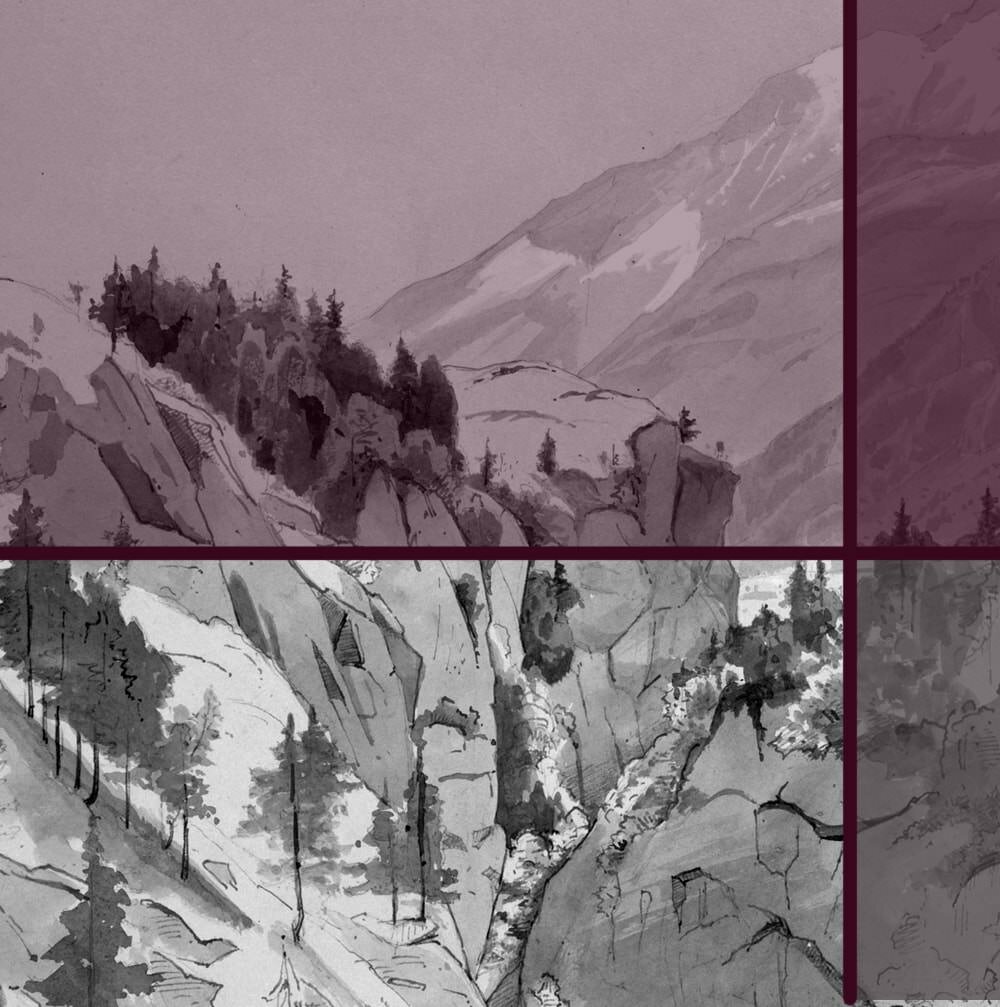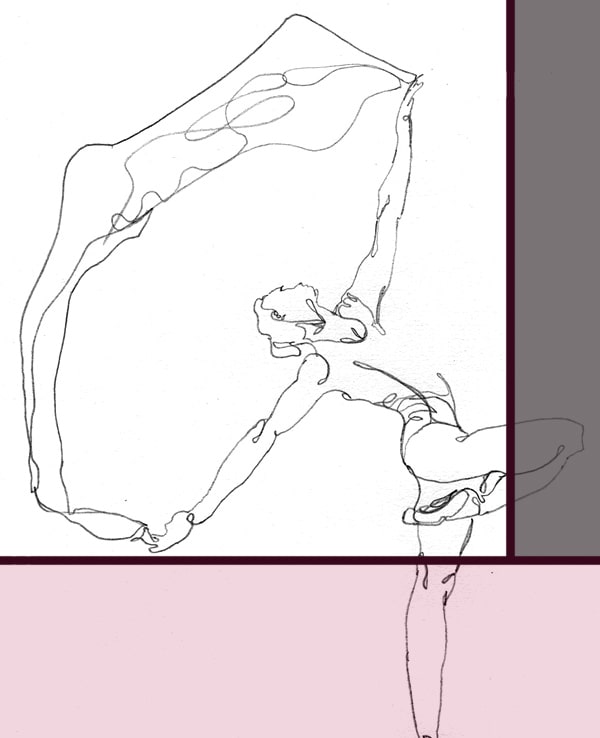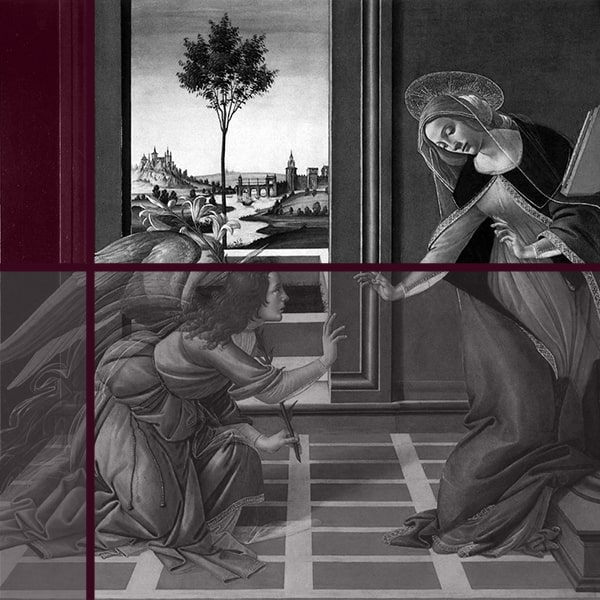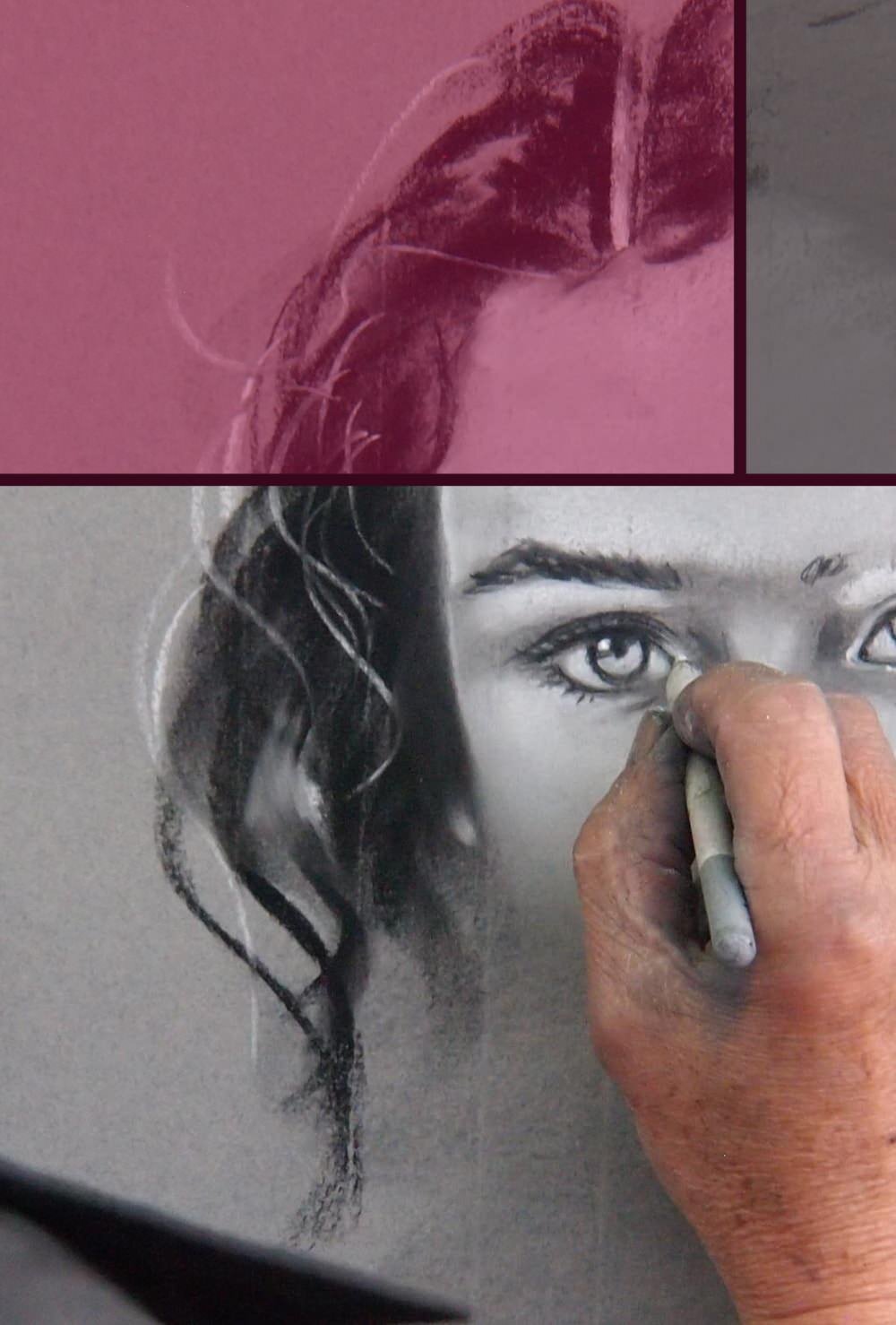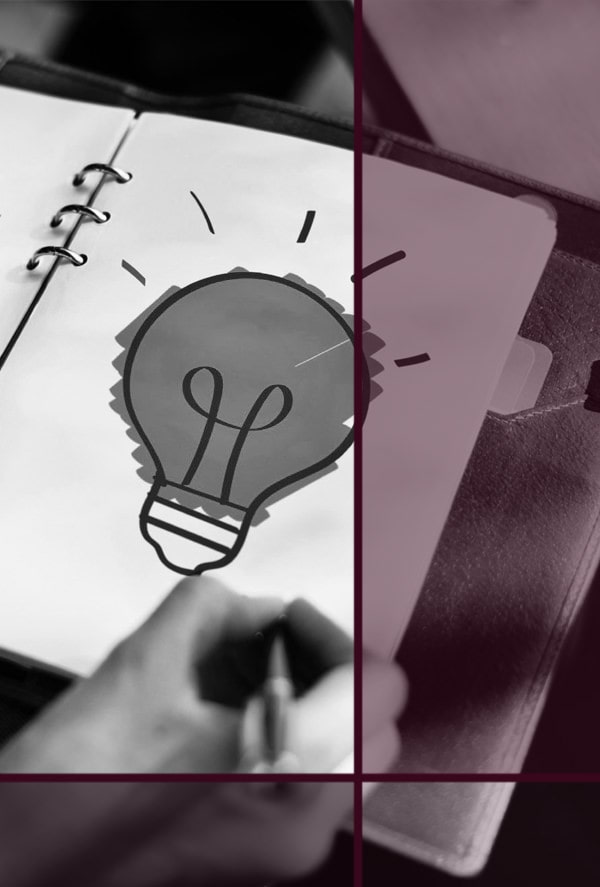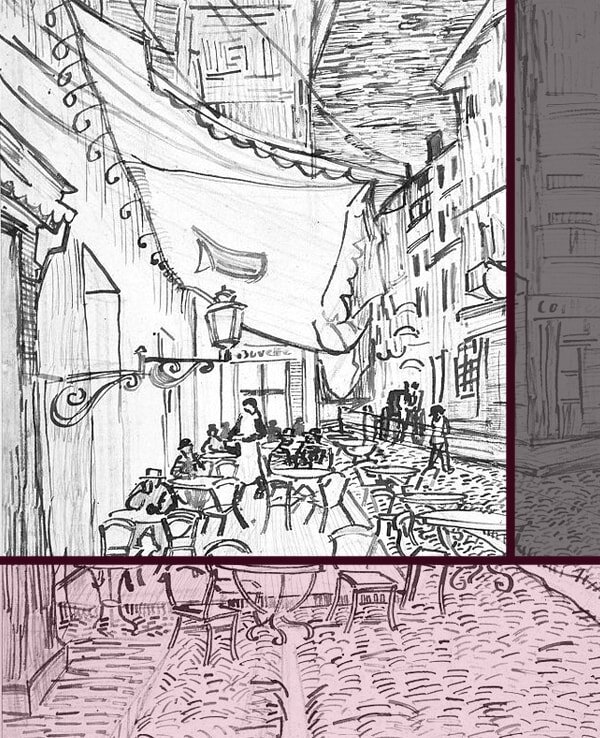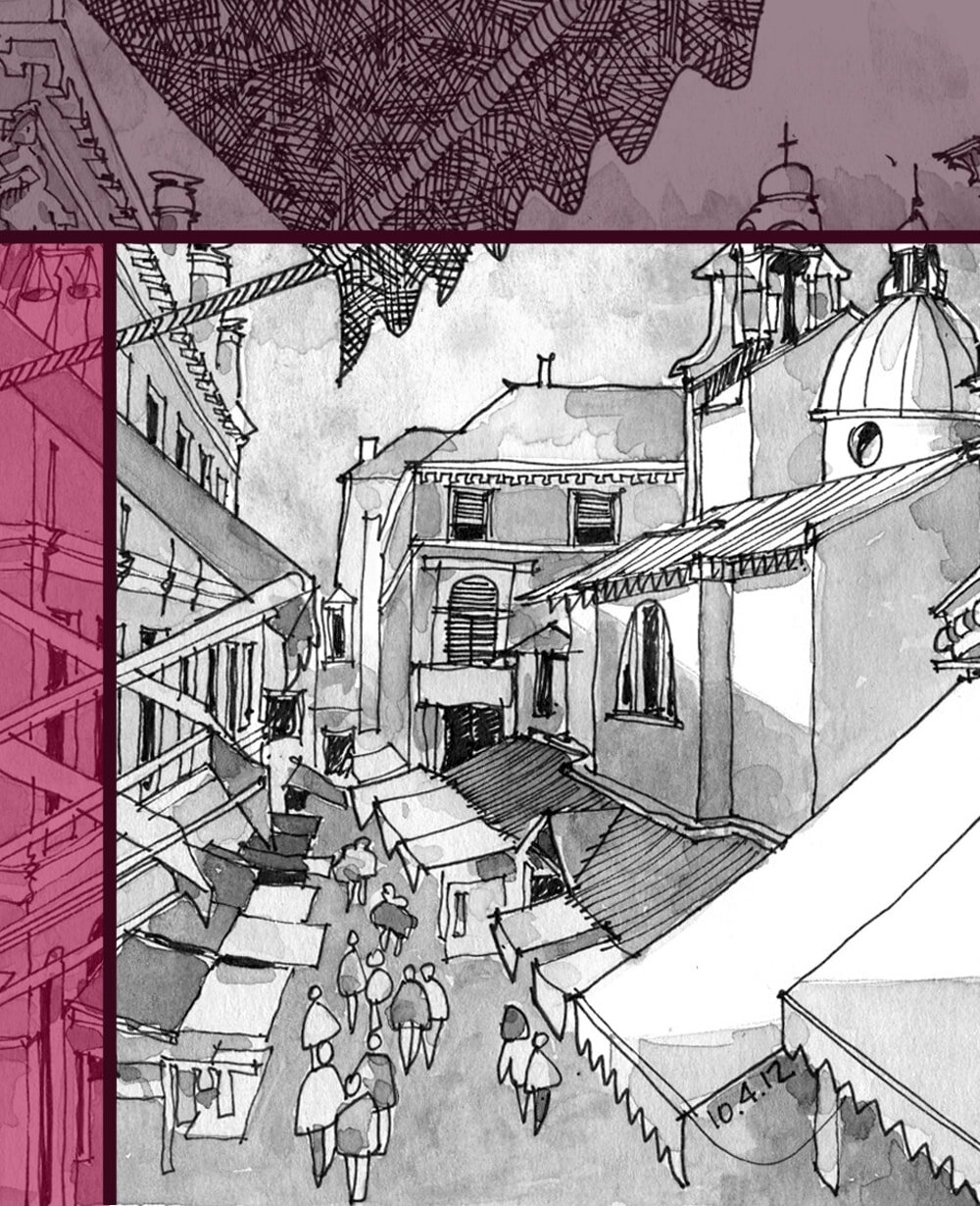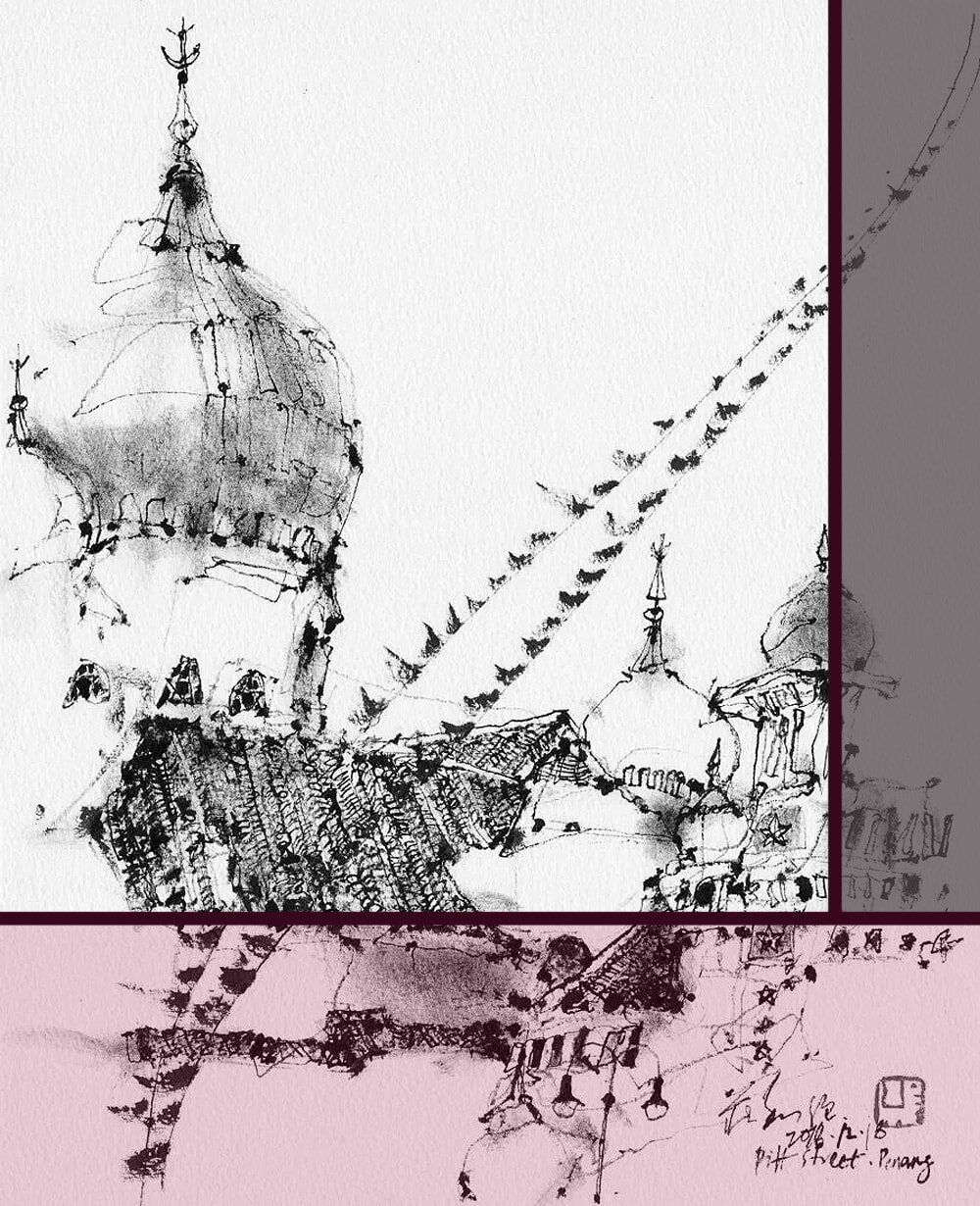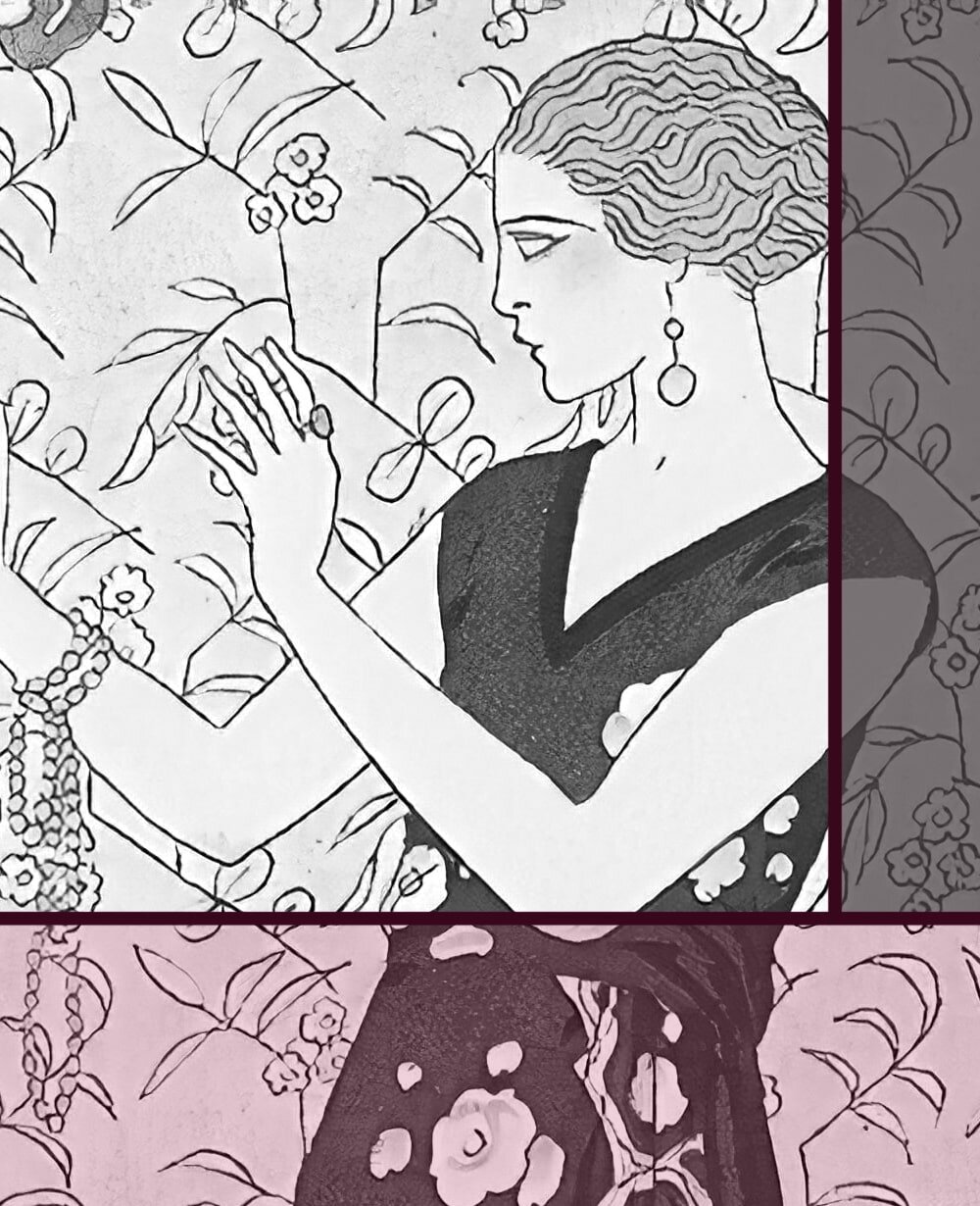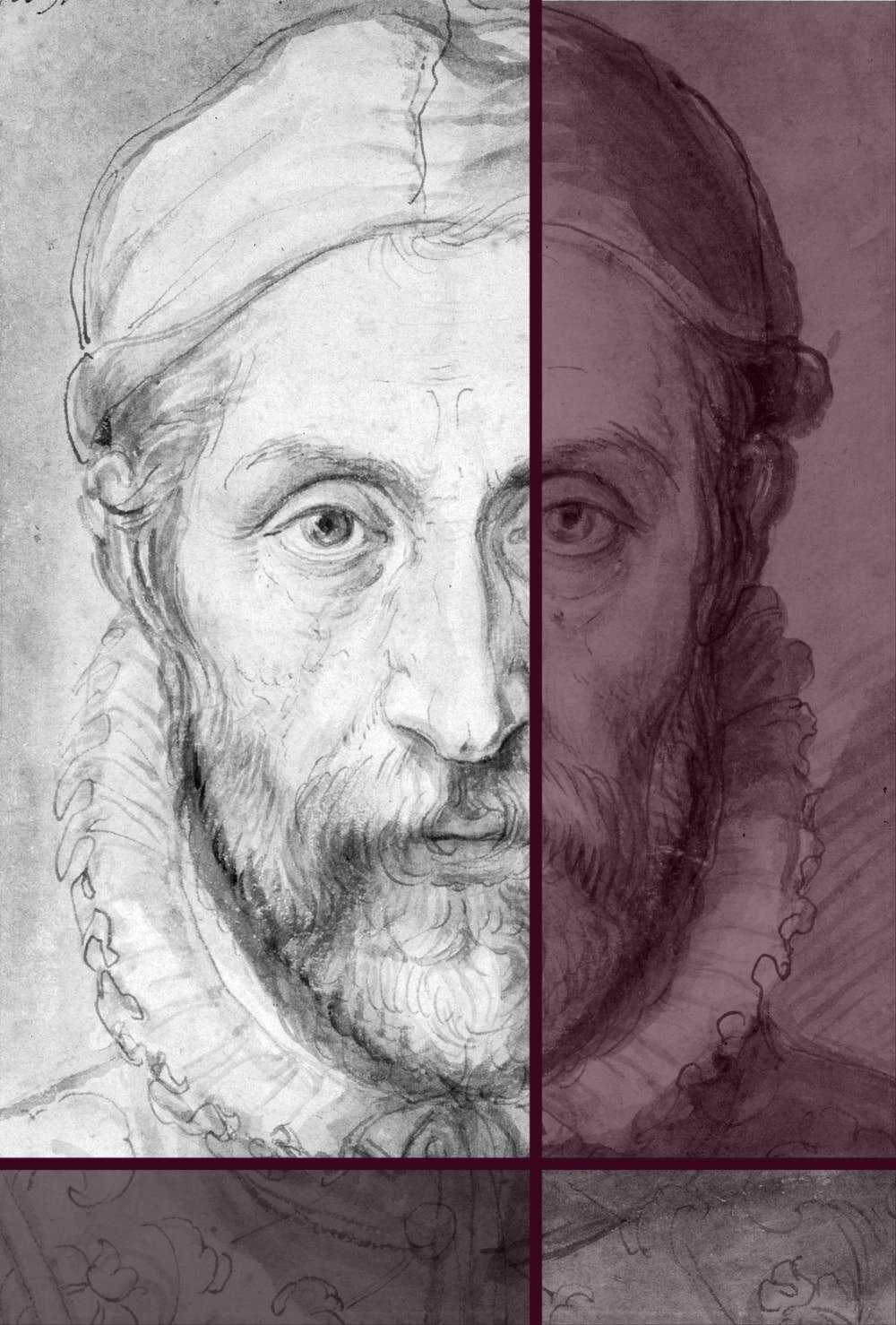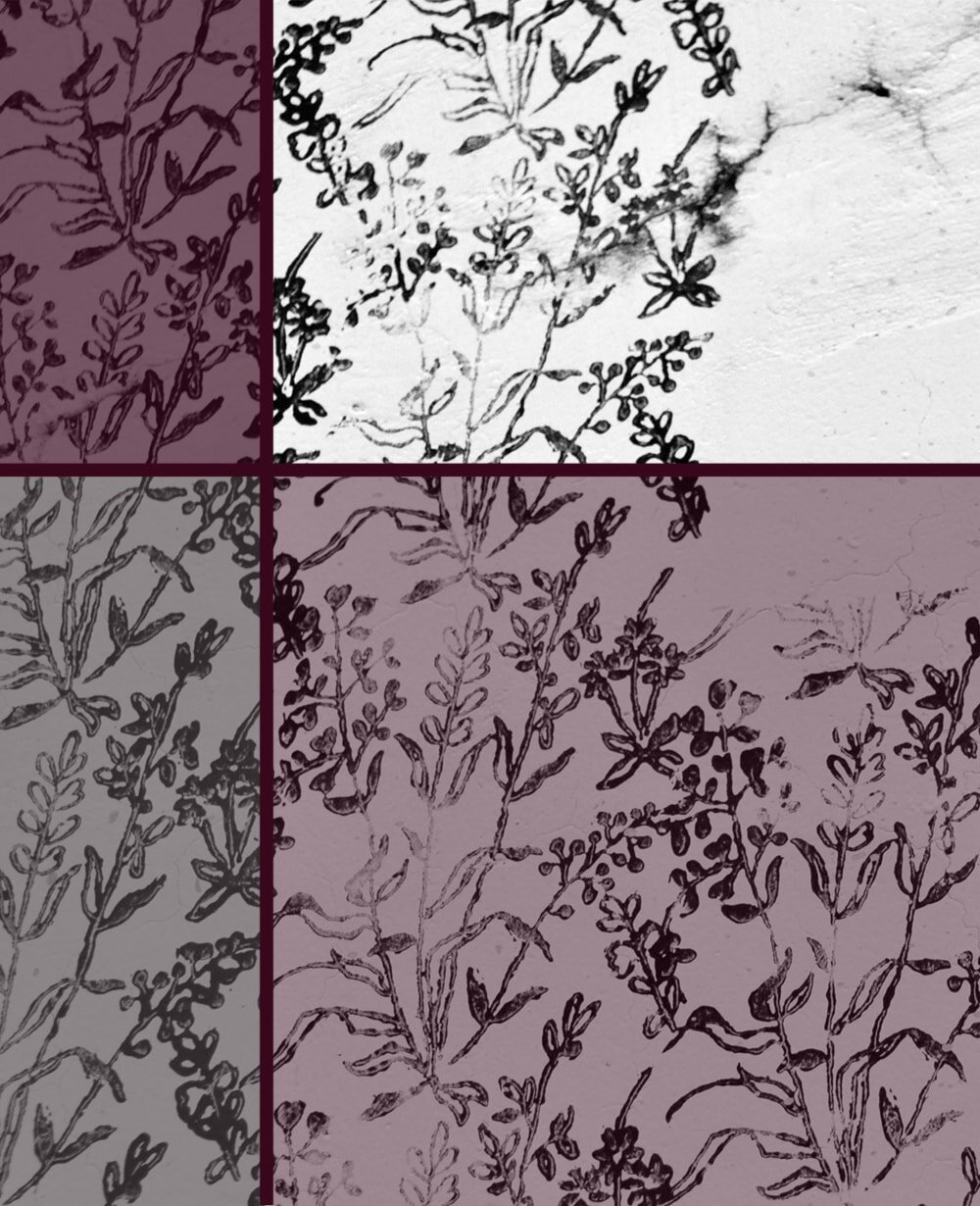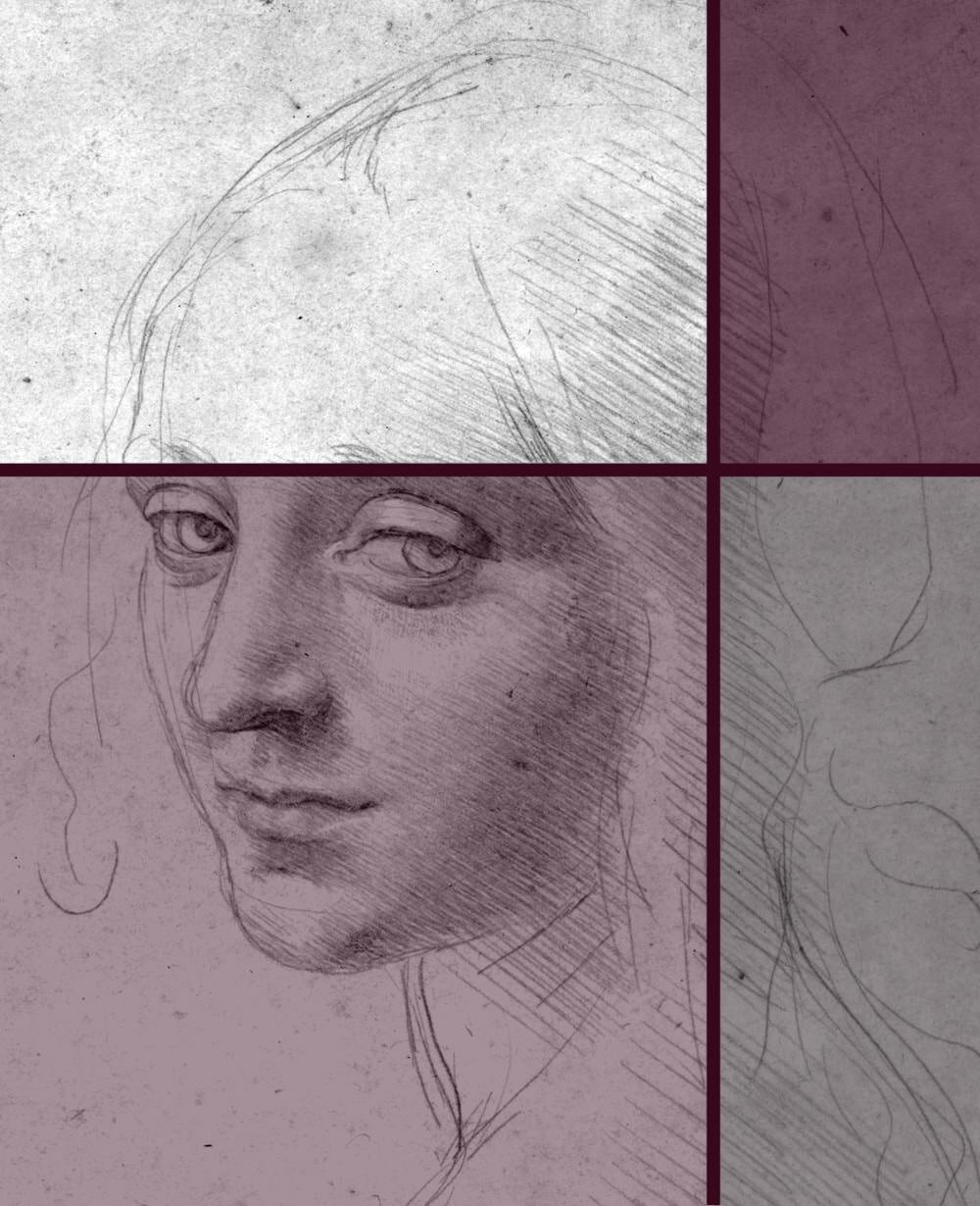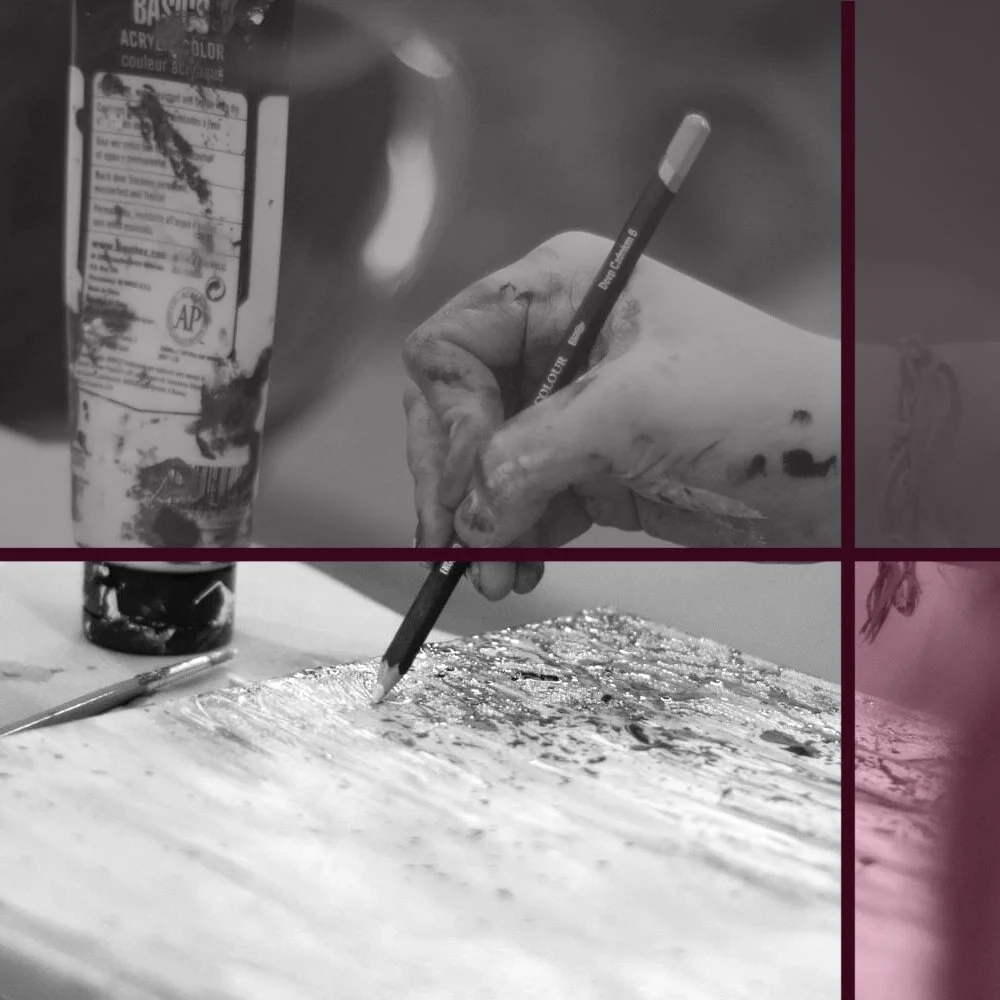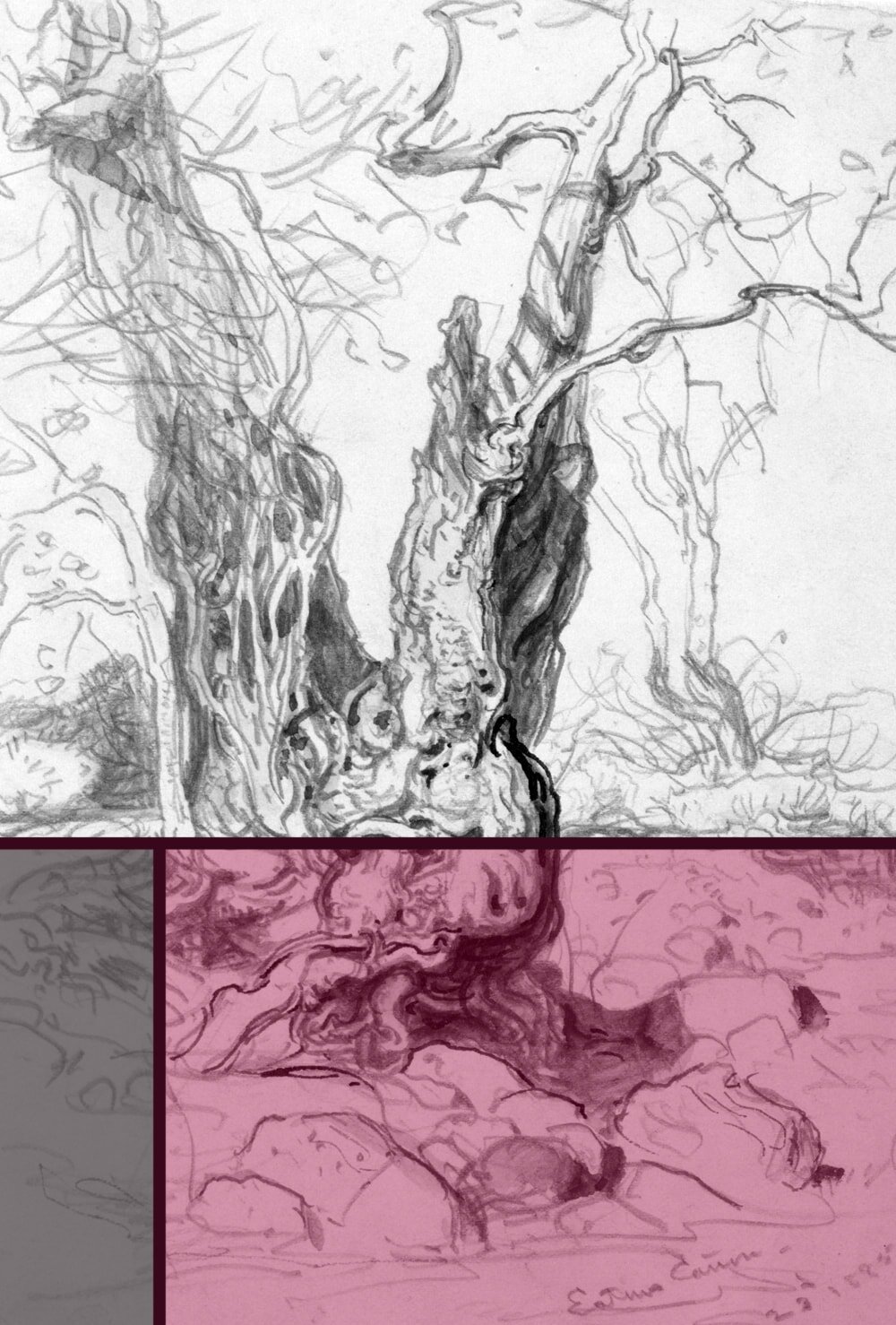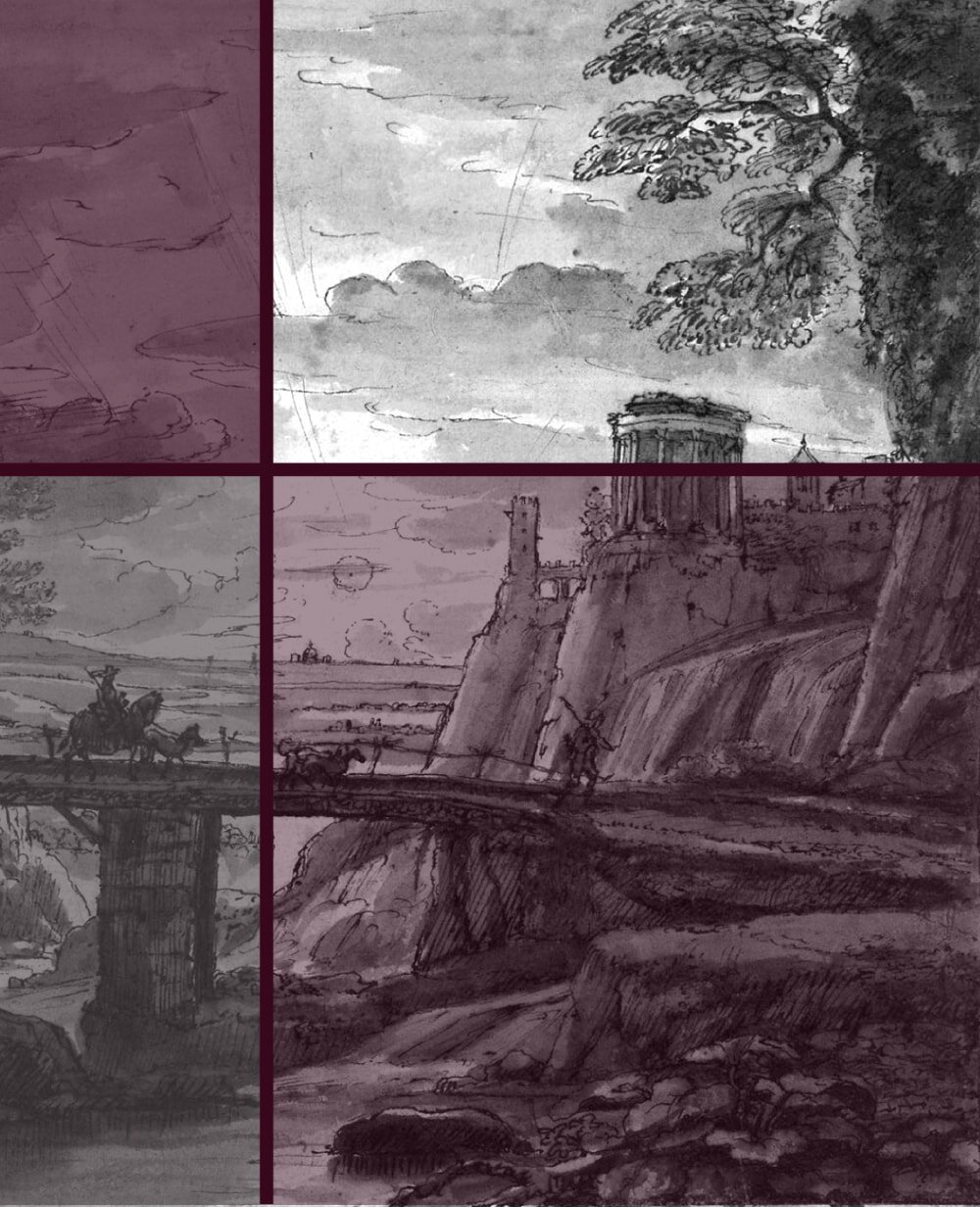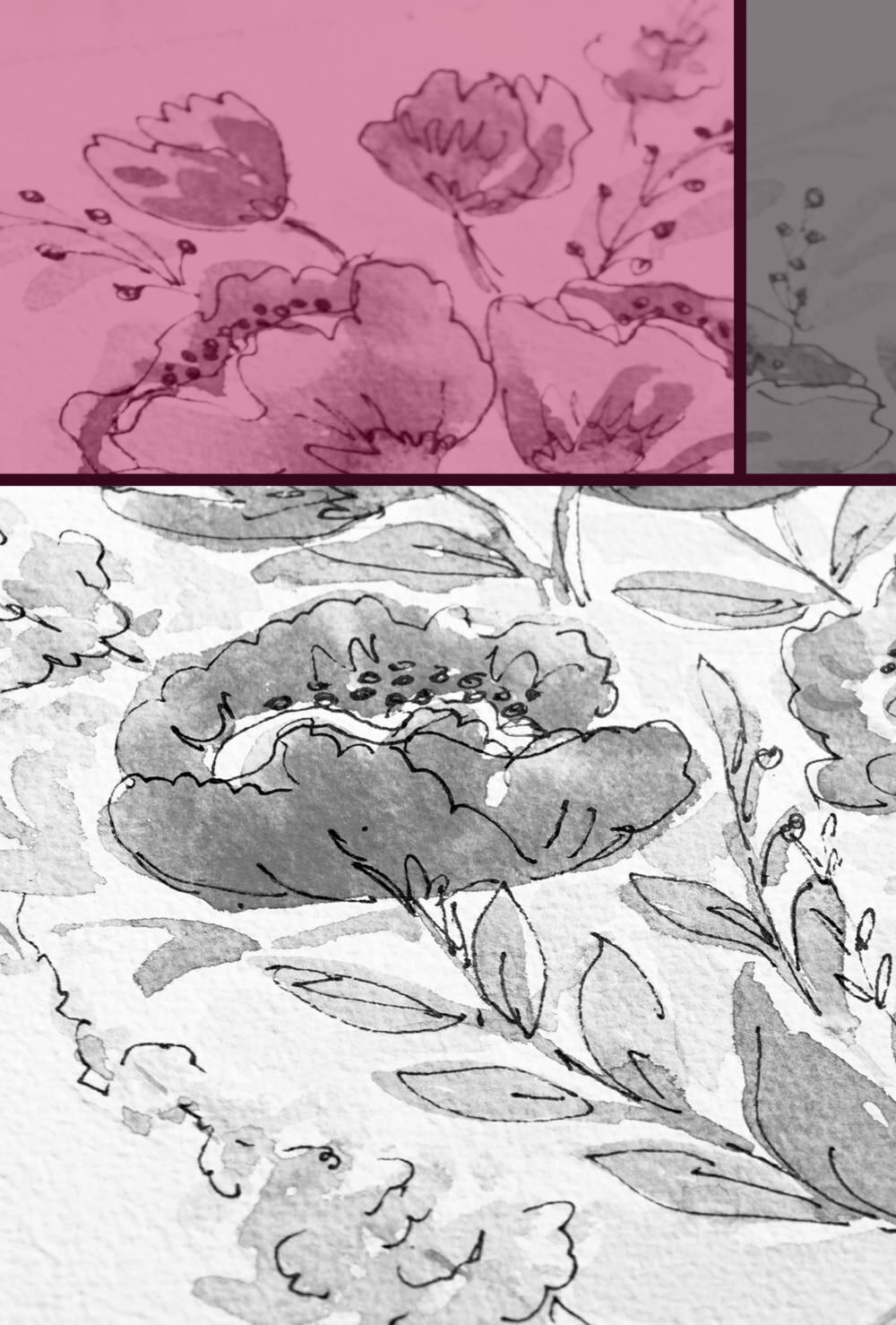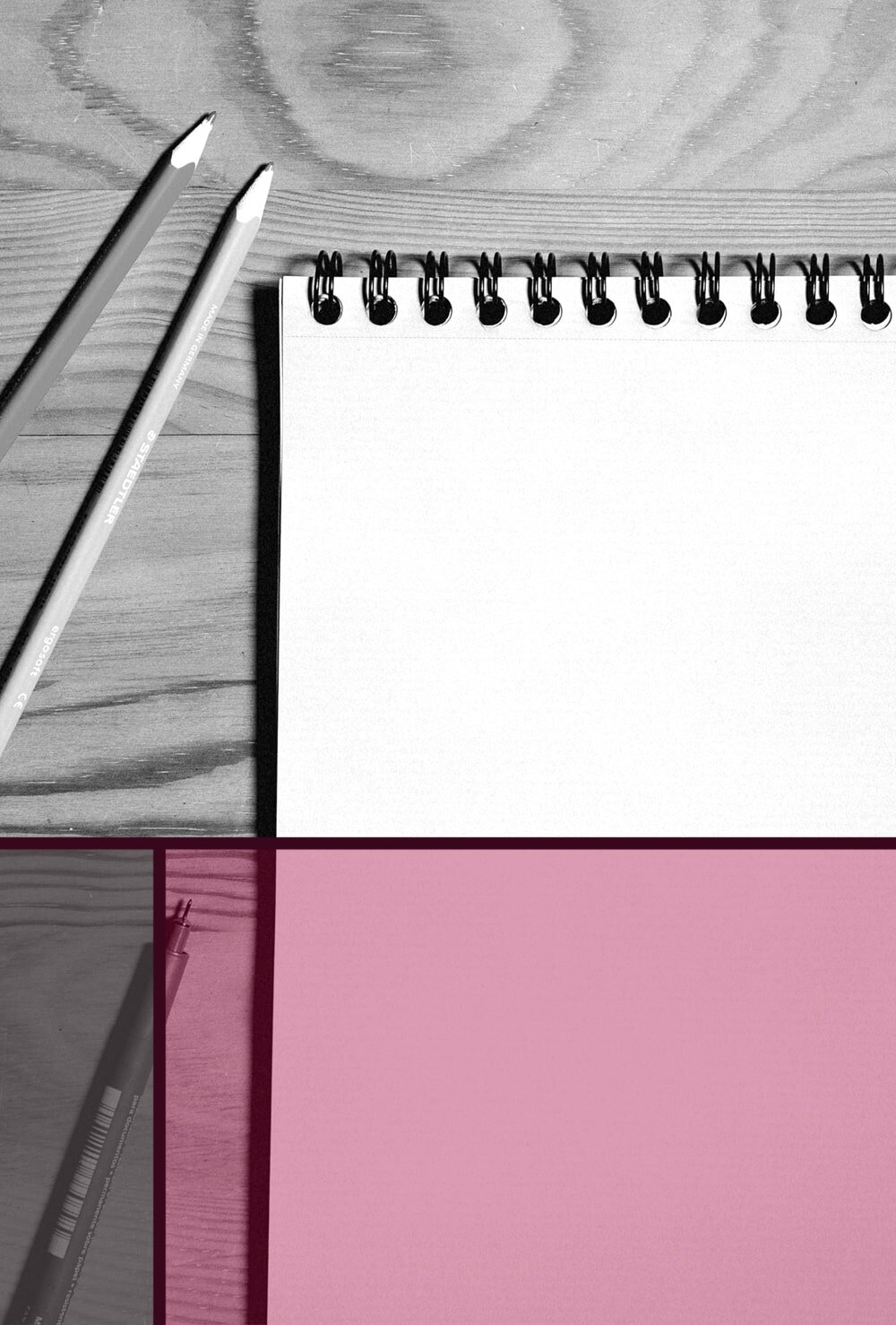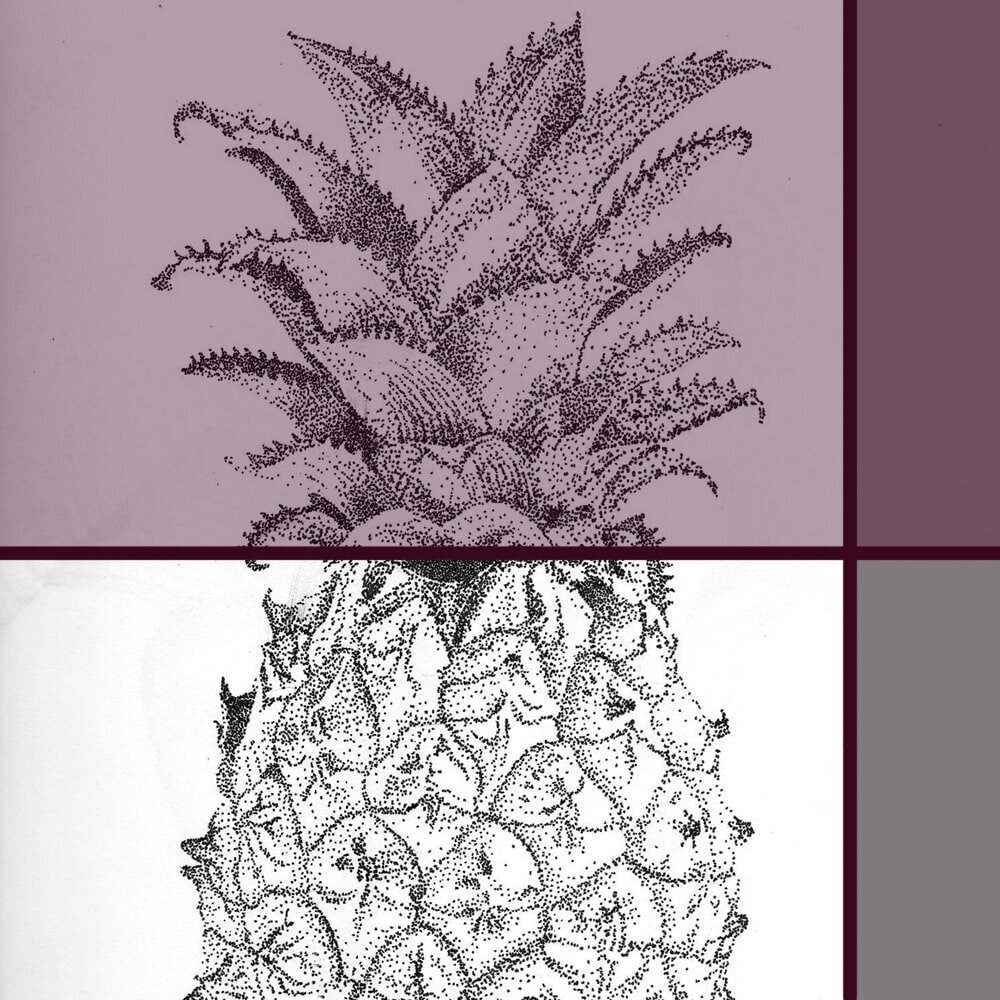How to Learn Sketching to Improve your Art
Especially as a beginner artist it can be very confusing to read all the different terms out there describing seemingly the same thing: drawing.
There are sketches, drawings, doodles, illustrations, graphics, whathaveyou. While they are all closely related, there are differences, though sometimes very subtle ones.
Today we'll concentrate on sketching, because it's one of my favourite pastimes and enormously beneficial for your art as a whole, whether you are an illustrator, painter or sculpturer.
What is sketching?
The difference between sketching and drawing seems quite clear at first glance. By definition of the Oxford Dictionary a sketch is "a simple picture that is drawn quickly and does not have many details".
Basically that means that sketching is the unrefined version of drawing. It's spontaneous, rough. Much like a note versus a document, or a chat versus a conversation.
But of course it's not quite that simple. Words like 'quick' or 'rough' can't really be defined. Just like other adjectives, such as 'young', 'rich' or 'big' can be very subjective. Compared to a daisy I’m tall, compared to a sycamore tree, not quite.
Sketch of a lion by Rembrandt. Ink on paper
The lines between sketch and drawing are just as blurred. Often, a piece of art is somewhere in the middle.
It's impossible to have a clear definition of where one ends and the other begins. There is no maximum time of how long a sketch can take, and no rules about what amount of detail constitutes a drawing.
Plus, what may look like a crude and fast work might have taken the artist a long time to plan and execute.
To make matters even more confusing, technically a sketch may also define a rough version of a painting, made with brush and paint, rather than pencil, charcoal or ink.
Simply put, a sketch is an unrefined drawing. But of course things are never quite that simple.
Semantics, confusing humans since the dawn of time. So, what's to be done about that?
I, for one, often use the terms interchangeably, unless something is very clearly on one end of the spectrum or I’m trying to make a point. In the end it doesn’t really matter, so don’t pressure yourself to always define what’s what.
The purpose of a sketch
Sketching can have many different purposes. For example, you may sketch something that moves, just quickly before it disappears. There is not enough time for an intricate drawing of that old woman paying for her tea, but there is for a quick sketch.
You may use sketching to practice your artistic skills, like proportion or perspective. In such cases it's not necessary to "finish" the work, as it's not meant for exhibition.
Many artists use sketches to plan bigger pieces. You can make a couple of quick sketches in order to work out the perfect composition for a drawing or painting or the right kind of look for a new comic book character.
And of course, some sketches are art in their own right. Not every work needs to have a finished look about it. In fact, some of the most famous pieces of art are definitely more sketch than drawing.
Artist Jason Gathorne-Hardy for example (mentioned in my article 12 amazingly talented Drawing Artists to get Inspired by) has specialised on really free and absolutely awesome sketches of farm animals.
What can sketching do for you?
Sketching is an entry skill to the "more refined" arts. The foundation, if you will. You need to learn to walk before you can run, just as you need to learn how to sketch before you can draw or paint.
Yet it is not just an exercise for beginners. On the contrary, I dare you to name just one professional artist that doesn't deem sketching crucial for training and creativity.
Luis Royo for example sketches his subjects often several times before he creates one his intricate illustrations.
Sketching has the magical ability to help you concentrate on the bigger picture, rather than getting hung up on details. It's not about perfection, it's about waking up your hands, eyes and mind.
Sketching isn’t about perfection, it’s an all-round workout.
Nothing worse than spending hours, or days even, on the most detailed drawing with the perfect shading and the most realistic colouring, only to realise halfway through that the proportions are off or the composition doesn't work.
Sketching the subject before beginning a more complex piece can save you a lot of frustration of this kind. You can work out what part of the scene to capture, from which angle, where to place the focal point and from what direction the light makes the most impact.
It will aid you in getting to know your subject, learn about its personality, its ‘essence’. It helps you to decide what message you want to convey to the viewer.
Leonardo da Vinci, Head of a Girl, c.1483
And just as with any art, regular practice is key. If you don't sketch for months your skills will deteriorate, just like your muscles would if you were to quit sports.
Sketching is the perfect warm-up exercise for any drawing session, for sure. It's great for loosening up those wrist and shoulder muscles of yours.
It will help you move your pencil fluently and boldly, which in turn will make for the best art. Your work will look less static, more vivid, with every sketch you make.
Gesture drawing, for example, is a kind of sketching that is designed particularly to give your human drawings more life.
In order to achieve that the poses are slightly exaggerated, but most of all they are drawn fast. That's what gives your work that extra bit of kick to get out the message.
It's impossible to learn some of the more difficult drawing skills to master, such as proportion or perspective, without plenty of practice. And one detailed drawing a month just won't give you that. Sketching daily however can.
One detailed drawing a month won’t teach you much about proportion or perspective. But daily quick sketches can.
You can pay a couple of pounds for life drawing sessions at most art schools, which usually last two to three hours. In that time you could produce either one good drawing, or, as is usually the purpose of these classes, dozens of quick sketches.
You're not there to produce a masterpiece, you're there to practice. An aerobics class at the gym isn't a live performance for the Olympics, either.
Especially if you want to be able to draw from your imagination and without a reference one day, sketching is the most important weapon in your arsenal to get you there. Nothing like twenty different poses in a single session to expand your ‘visual library’ for future use.
How do you sketch?
Now that we know about the long list of benefits of sketching, how can we incorporate it into our artistic work regime? Well, that's really very easy. Grab a pencil and a bit of paper and follow these exercises I've devised for you.
Before you start, here are a few tips to help you get the best out of this training session:
Use a soft medium, such as an 8B pencil, or a piece of charcoal. This will prevent you from being tempted by detail (you couldn't sketch it, even if you wanted to)
Don't grip the pencil too tightly, keep your wrists and shoulders relaxed. Do some body stretching exercises first, if needed
Draw from the shoulder, in bold, fluent lines. Think 'dynamic', 'energetic'. This will also automatically create lines that vary in width or darkness, making your sketches look much more interesting
Limit the time for the sketches to something that is slightly shorter than you're comfortable with
Don't worry about mistakes. Drawing something that is anatomically correct or perfect in any way is not the point of these exercises
Exercise: Speed up!
Choose a subject that either moves or that you can walk around. You can ask a friend to model for you for a half hour, or you can create a still life on a chair in the middle of your room.
Then sketch your subject in one pose or from one angle for anything between 30 seconds and two minutes. If you're very comfortable with the time frame, shorten it, but just a little. You'll want to challenge yourself, but not stress yourself out.
You can measure the time with a kitchen timer, an app on your phone or ask that modelling friend of yours. Just don't look at the clock, it will rob you of valuable seconds.
60 seconds quick sketch I did as part of an exercise on simplifying your artwork.
Get enough paper ready for around five to ten quick sessions. Set your timer and sketch to your heart's content. After each session ask your subject to change pose, or move around it to see a different angle.
While you do, make sure you don't sketch fine details, they're not important today. Try to capture the essence of your subject, the basic shapes and direction.
Many of us are used to being able to take as much time as we like with a work of art, so forcing you to speed things up will help you with the mental transition from drawing to sketch.
It will teach you your own rhythm by finding out how fast is beneficial and how fast is too fast. Of course in time you'll be get better at it and may be able to decrease the time frame even further.
Exercise: Unaware travellers
Once you've tried the first exercise a couple of times and you've gotten used to sketching at speed you can up the difficulty.
Grab your sketchbook, ideally an inconspicuous version to avoid becoming an attraction yourself. Then move to a place where you can sketch people in real life that are unaware they are your new models.
The most important thing: make sure it's a place where people are moving around, not sitting static. Try a train station or the shopping centre, rather than a café or park. If you don't want to leave the house, you can try to view passers-by from your window.
Now sketch these unaware travellers for as long as you're able until they've moved away or have changed their pose too much to continue. When that happens, move on to the next person, or the new pose. All in all, no sketch should last for more than a minute.
You'll notice that not only will you get faster over time, you'll start to see things differently as well. Instead of spotting small, insignificant (today at least) details, you'll notice the main gesture of a pose, its base.
My article How to quickly Sketch People without them Noticing has some valuable tips for you on how to stay anonymous and where to find the best places for sketching people.
If people are not your thing, you can go to the zoo instead and find some animals that aren't just lying around in the same position all day. Or, if you're in the countryside, try horses or sheep.
Exercise: Study-oriented
Let's follow the way of master artists like Leonardo da Vinci and concentrate on one particularly interesting subject (or part of a subject) for a while.
For our purposes I recommend keeping it simple and choosing something that's relatively quick to draw. That can be an apple, an eye or your goldfish. Now look at it for a moment. See what kind angles it has, if it changes at all and what kind of movements are possible.
Then spend some time just with this single subject. Sketch it from an easy angle first. As always, don't stress but don't take your sweet time either. Capture its main shapes, nothing more.
For the second sketch change something about it. The eye can look up for example, and the apple could be turned on the side or cut open. Continue like this until you've sketched your subject at least ten times.
I have an entire article dedicated to sketching eyes, if you’re interested.
Edward Lear, Sketch studies of camels. Watercolour and ink, 1867
The goal of this exercise is to get to know the basic shapes of your subject from A to Z, so to speak. Don't stop until you know all the angles and positions and which of these are the most interesting.
In the end you should also be able to draw the subject without looking at it, in at least some of these angles. It doesn't have to be perfect, but it should be better than before you studied it.
For more ideas for practicing have a look at my exercise collection. You can also find some excellent online courses and books to try on my Recommended Resources page.
Did you enjoy this article or feel like you have anything else to add? Feel free to leave me a comment below!
If you like this post, please share it, so others may like it too!
